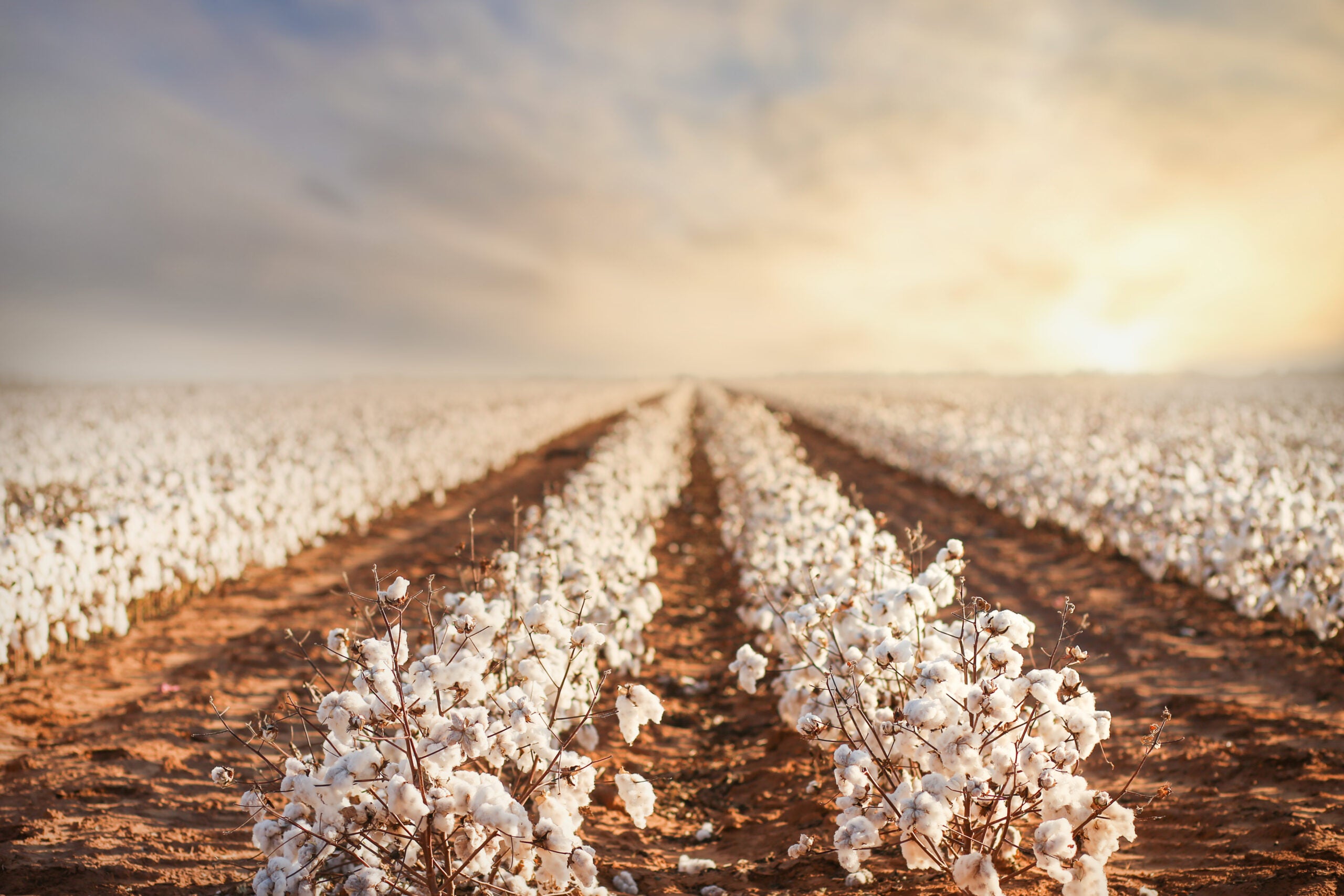
The ending cotton season has been a lot of things, but stable and consistent are not really among them, ICAC says in its latest update. However, production and consumption in the final month of the 2021/22 season are virtually unchanged from the numbers in June, it notes.
Australia’s forecast has been revised upward slightly, adding 119,000 tonnes to the 2021/22 season and 41,000 tonnes for 2022/23. Consumption remains unchanged at 26.15m tonnes, which still surpasses the expected production of 25.91m tonnes despite Australia’s larger contribution.
However, ICAC says the drastic increase in fuel and energy costs has had a direct impact on fertiliser prices and availability on the cotton season.
Worse, there are growing concerns that the world will experience multiple famines as a result of the conflict in Eastern Europe, which spells trouble for everyone but especially African nations. During the 2007-08 hunger crisis, the ICAC observed reductions in area under cotton and a decrease in production in Africa, especially the C4(+2) (Benin, Burkina Faso, Chad, Mali, Cote d’Ivoire, and Senegal). The effects of those reductions persisted through the 2011/12 cotton season.
There is, however, some good news, ICAC says. Arica has made gains in developing The African Continental Free Trade Area (AfCFTA), which went into effect on 30 May 2019, and the agreement has the potential to facilitate the movement of commodities across borders with the elimination of tariffs on most goods and services. The ICAC has been actively engaged in education and training efforts in several African countries, including the concept of regenerative agriculture. Those projects are longer-term but add significantly to the African cotton industry’s outlook in the coming years, it notes.
Given so many variables and unknowns, the Secretariat is temporarily suspending publication of price projections.

Discover B2B Marketing That Performs
Combine business intelligence and editorial excellence to reach engaged professionals across 36 leading media platforms.
“We will reevaluate the price situation in August and determine if we should resume price forecast projection modelling,” ICAC says. “High volatility and extenuating circumstances in global markets make it difficult for any modelling framework to produce accurate and useful information. Please note that this is only a temporary pause and as soon as we are confident in the model data we will release projections. From a historical perspective, the only other time the price model was suspended was during the 2010/11 season of unprecedented high price and volatility.”
Last month, ICAC said with only two months left in the 2021/22 cotton season, consumption has overtaken production.





